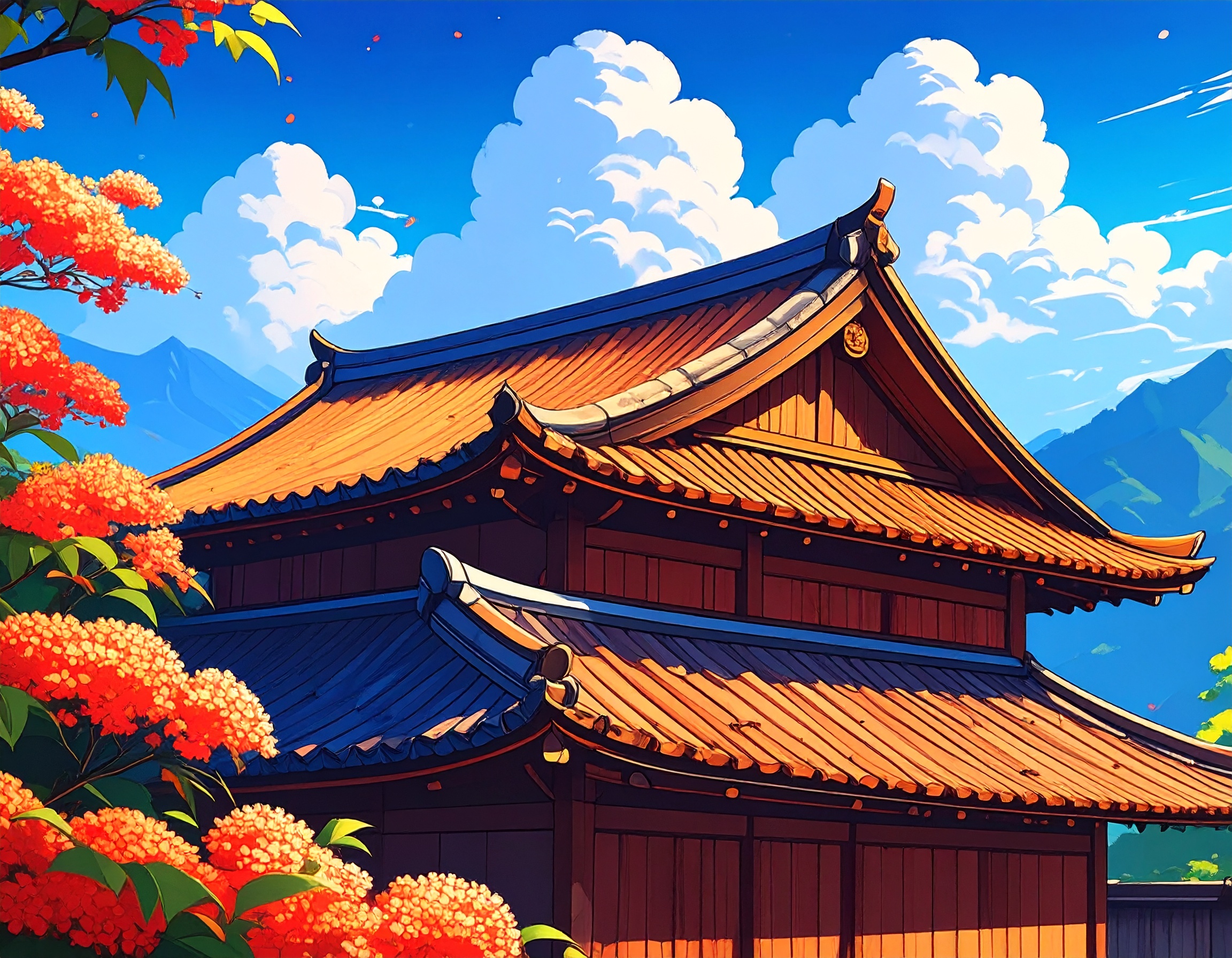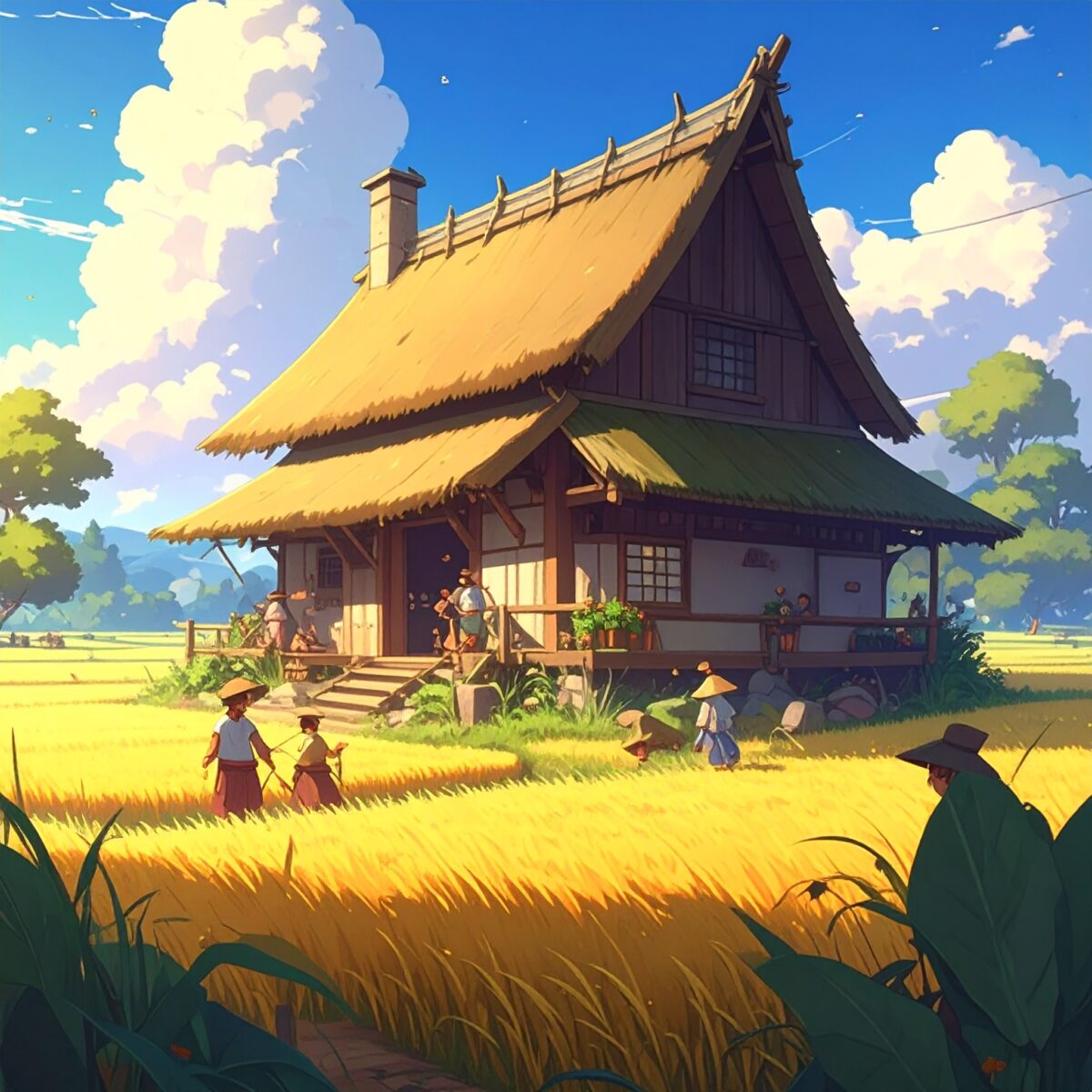Nestled in the mountains of southern Fukushima Prefecture, Ōuchi-juku is one of the few remaining post towns in Japan that still preserves the look and spirit of the Edo period. Once a prosperous stop along the Aizu West Road, the village’s thatched-roof houses and unhurried atmosphere offer a refreshing contrast to the pace of modern city life. Its charm lies not in grandeur, but in its quiet simplicity—a quality that defines the essence of this region.
Ōuchi-juku is about an hour and a half by car from Aizu-Wakamatsu. Except during the winter months, buses also operate, making it accessible by public transportation. The journey itself is a scenic pleasure, taking travelers through peaceful countryside dotted with rustic hamlets and framed by nature that shifts with the seasons—vibrant new leaves in spring, lush green and murmuring streams in summer, brilliant foliage in autumn, and snow-blanketed silence in winter.
Upon arrival, visitors are greeted by a gentle slope lined on both sides with traditional thatched-roof homes, evoking the feeling of stepping into a historical film set. Yet this is no mere reenactment—many of these homes are still inhabited, giving the village a lived-in warmth that coexists with its appeal as a tourist destination. Many buildings serve as shops and eateries, where walking alone is enough to sense the rhythm of a bygone way of life.
One must-try specialty here is negi soba—handmade soba noodles served with a long green onion used in place of chopsticks. This quirky custom is more than just eye-catching; the dish’s rustic flavor, paired with the delicate broth, gently soothes travel-worn spirits. Of course, chopsticks are available for those who prefer them, but for a memorable travel experience, trying the negi method adds a unique and playful touch.
After your meal, take a gentle walk to the top of the slope and turn back for a breathtaking panoramic view. From this vantage point, the entire post town stretches before you, with its neat rows of thatched roofs forming a picture-perfect scene. On clear days, the distant mountain ridges frame the village, creating a stunning contrast between nature and architecture. Spending time here, immersed in the fresh air of each season, offers a kind of stillness rarely found in daily life.
For souvenirs, you’ll find an array of locally made items—woodcrafts, hand-pickled vegetables, and sweets made with buckwheat flour. Though simple, each product reflects the care and craftsmanship of the region, making them perfect mementos of your journey. The village’s charm also lies in the subtle way that traditional culture and lifestyle remain alive, naturally interwoven into the fabric of everyday life.
Ōuchi-juku is a place that speaks softly, yet resonates deeply. It is not a destination of grand spectacle, but one where value emerges through the quiet passing of time. For those seeking a journey that soothes the soul, surrounded by the tranquil mountains of southern Aizu, this timeless village is a hidden treasure waiting to be discovered.




